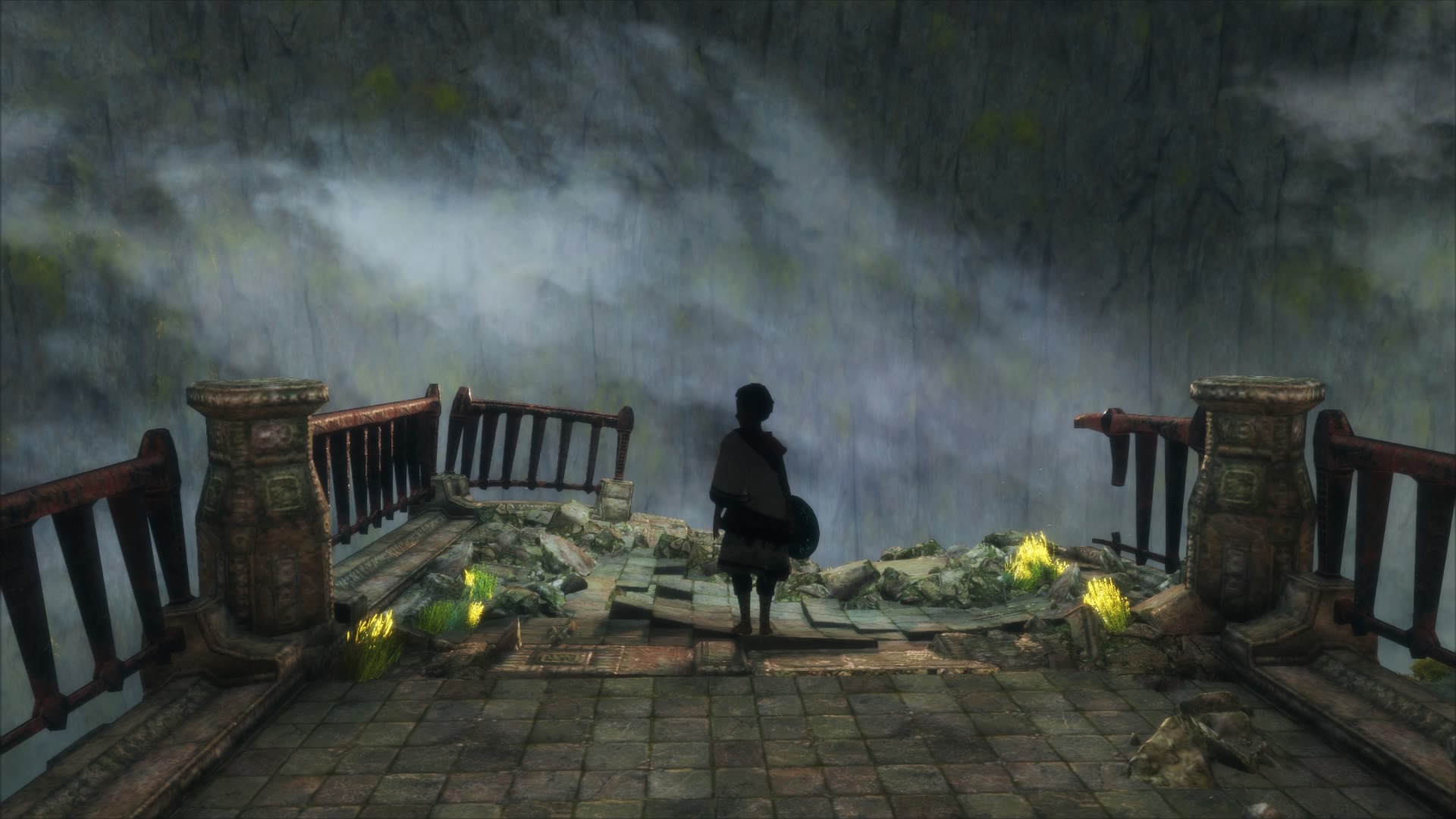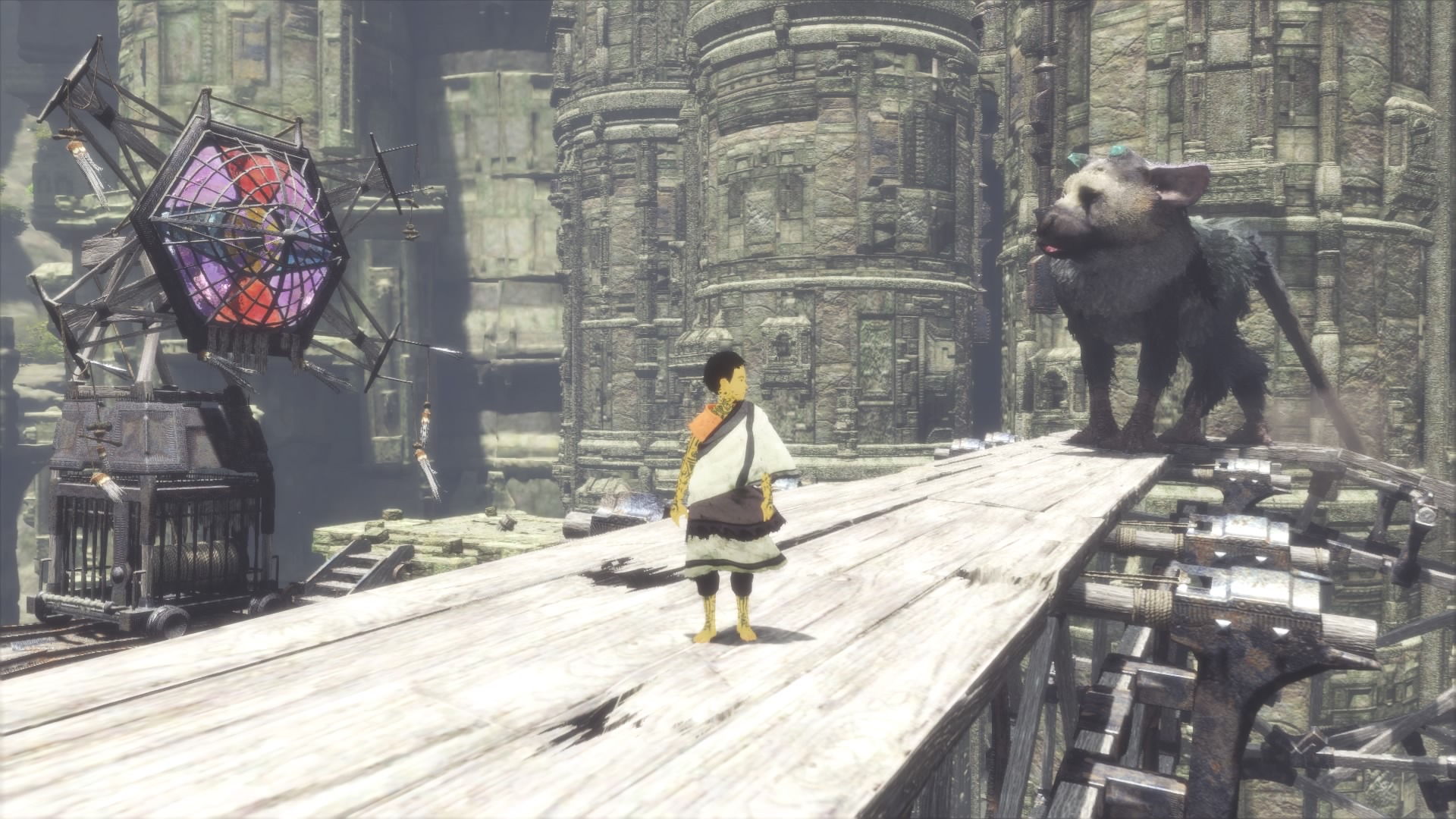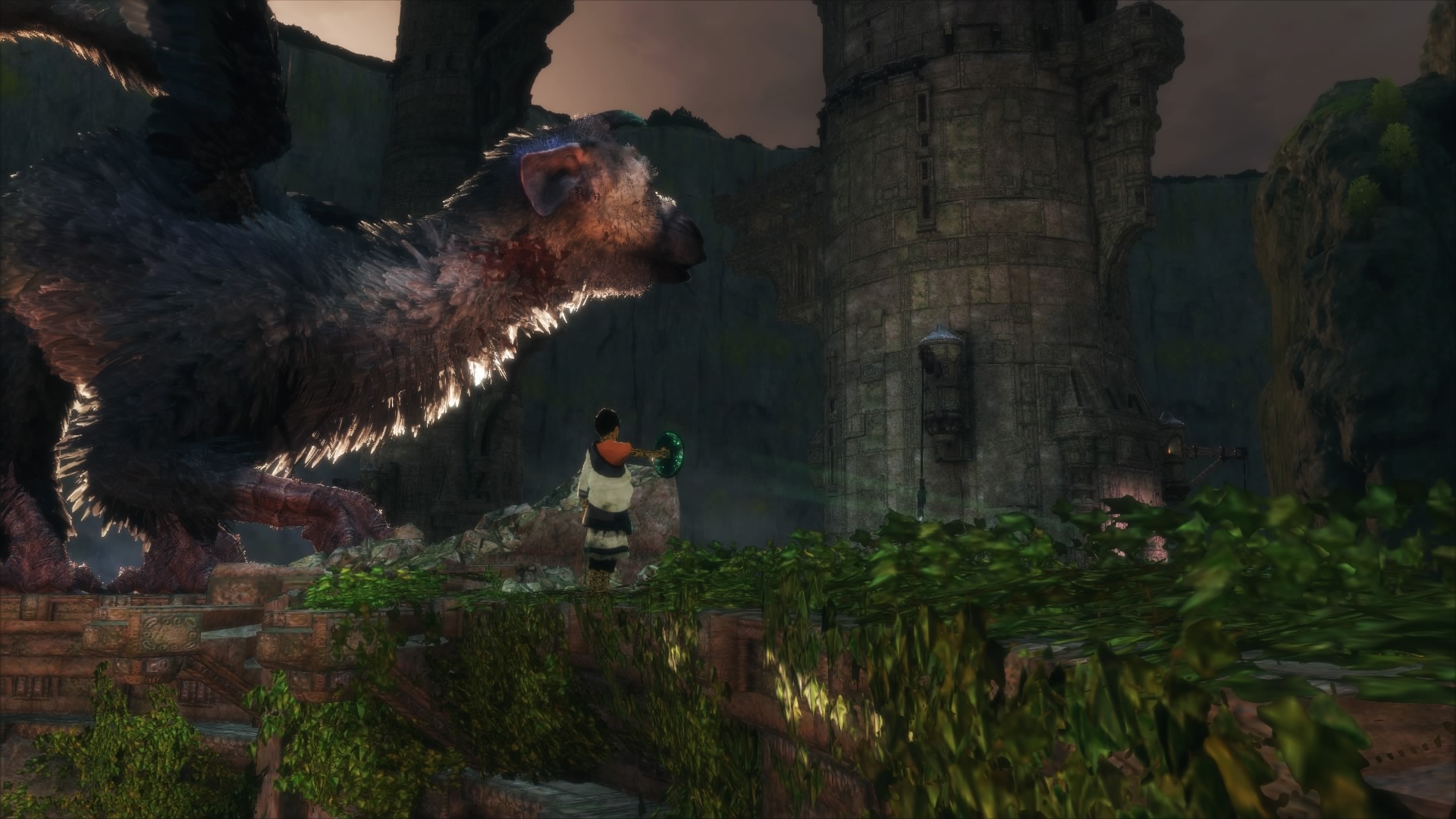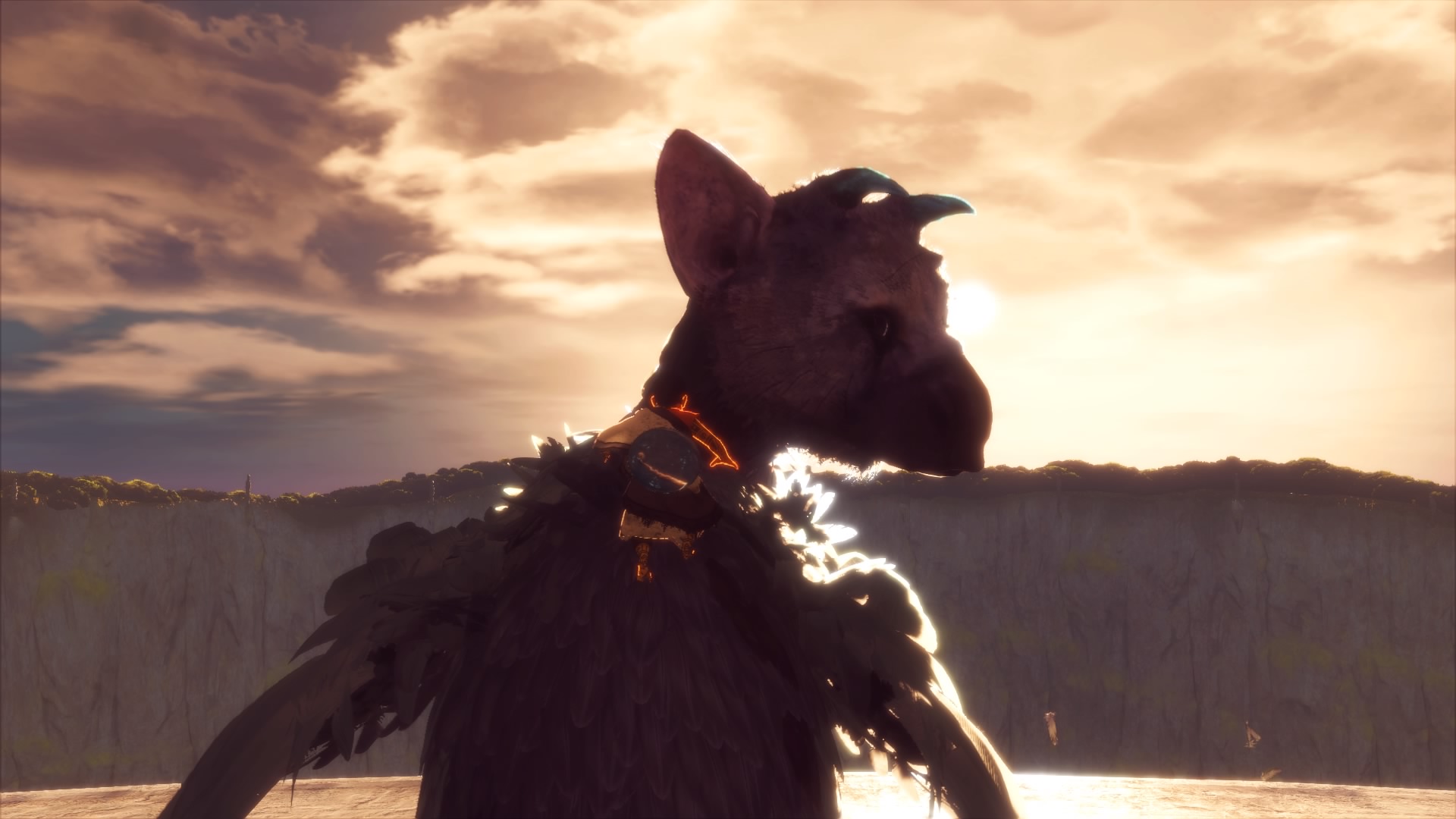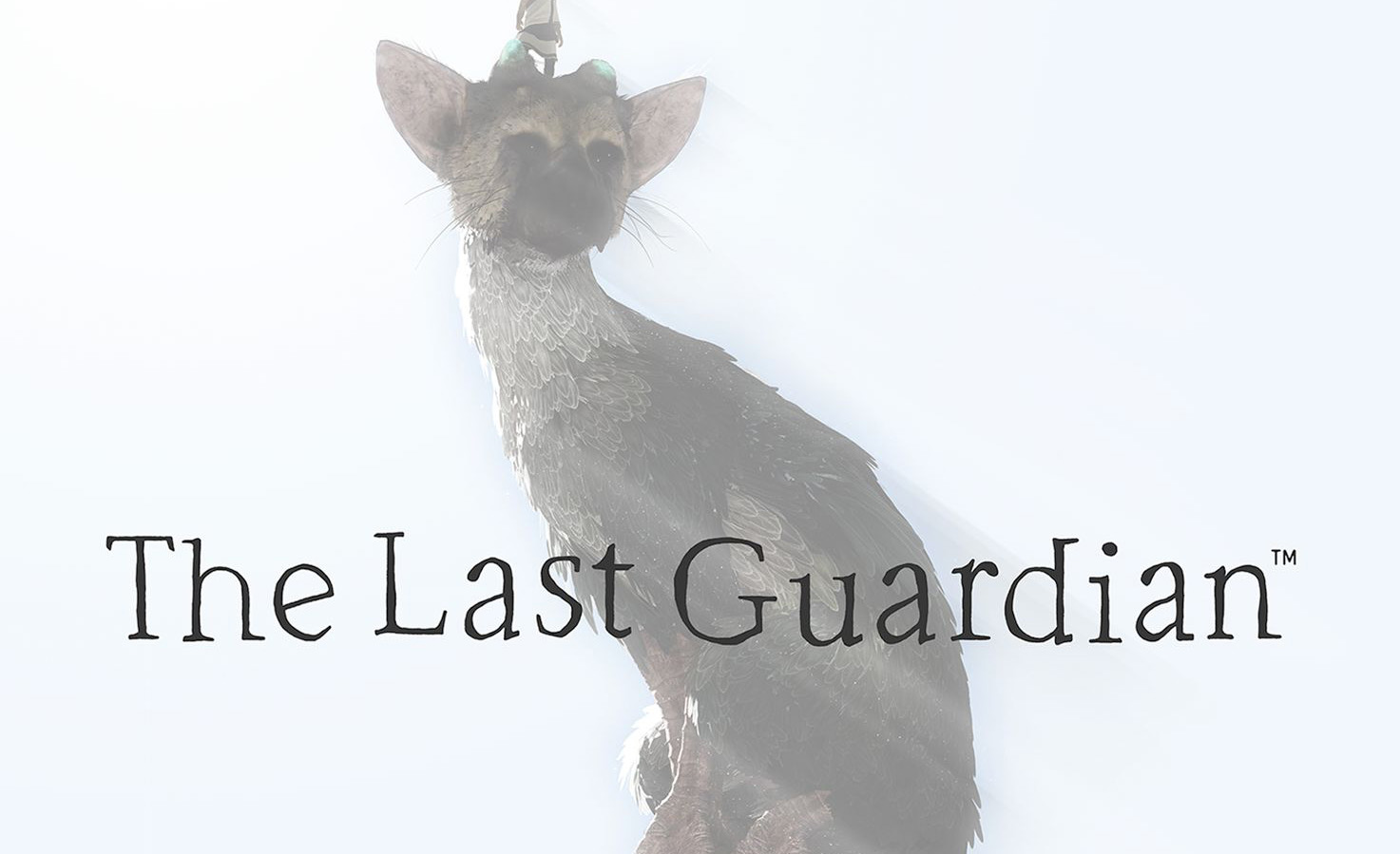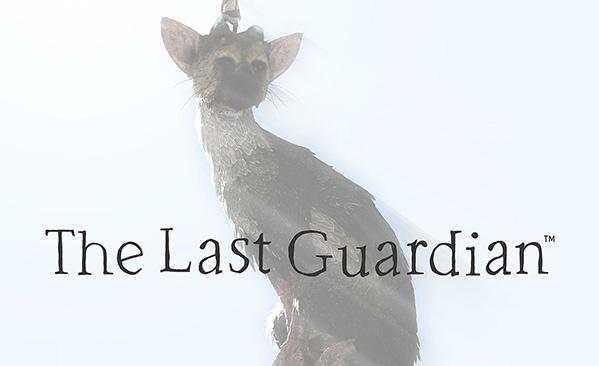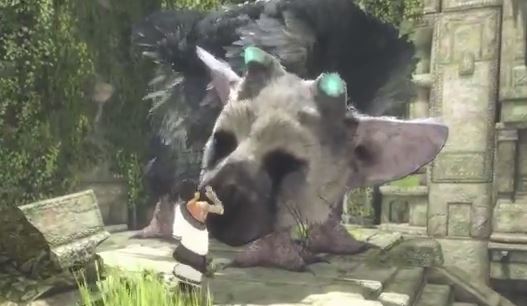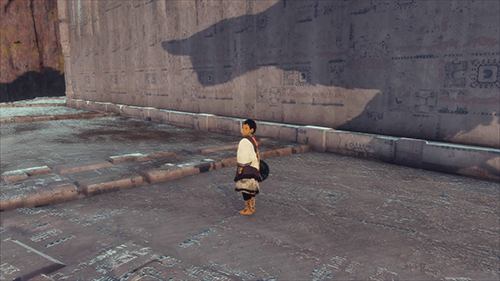
It’s been a surreal month for me, as I’ve had to go from reviewing one game that I never thought would see the light of day, in Final Fantasy XV, to another with The Last Guardian. Fumito Ueda’s third game, following the beloved Ico and Shadow of the Colossus completely skipped a generation, after problems with the game’s performance on PlayStation 3 hardware led to it being re-engineered for PS4. The protracted development even saw Ueda himself leave Sony, although he continued to support development with his new studio.
Some of these problems are readily apparent in the final game, but to be fair, others aren’t. The Last Guardian still feels like the result of a singular vision and concept, with an enormous amount of work fed into the artistry behind it. That alone is impressive, even though the game itself remains heavily flawed despite the 9-year wait. If nothing else, it’s brought out a heap of conflicting feelings in me about the intent and design of the game, which would no doubt delight Ueda and the developers, given their propensity for ambiguity in their past work.
The Last Guardian is ultimately about the simple, emotional relationship between an unnamed boy and Trico, a giant griffin-like beast with the qualities of a bird, cat and dog all rolled into one. It opens with the boy trapped in the prison of a ruined, ancient fortress, along with the injured, weak and wary Trico, and from there follows their journey of trust and rehabilitation as they rely on each other to escape.
To give away anymore would be rude and pointless. The plot concerning the nature of the fortress, the boy’s presence there and the details of the world is subtly meted out, and only the subject matter of a couple of cutscenes. The actual story is squarely centered on Trico and the boy’s growing bond, communicated through actual interactivity and gameplay.
Trico is the absolute centrepiece of the game, as everything revoles around him (or her?). While much of the fortress is seemingly built with humans in mind, its ruined state means that you’ll need the size and power of Trico to progress, making the goal of each area to guide him through. In this respect, it’s very much a sequel to Ico‘s escort-style gameplay. The problem is, as the game begins, Trico doesn’t trust you and will only show a passing interest in what you’re trying to point out, sometimes flat-out ignoring you (cat owners will be able to relate). Much of the game is an exercise in patience.
But, as time goes on, Trico learns to trust you. Scattered glowing barrels around each area are effectively Trico Snacks (TM), that you can feed to the beast to reward or tempt him. After aggressive encounters, you’ll need to pet Trico to calm him down. And, as time goes on, you’re able to communicate more effectively with Trico. Rather than simply calling him, you can encourage him to jump, attack or carry you to higher areas – but you’re never really in control. Some of this feels natural, as a simulation of a beast with its own mind, but there also the shadow of artificiality hanging over some puzzles – when you realise Trico won’t carry you up to a platform because it isn’t the correct path of progression, and you need to look elsewhere. And that’s where I start to feel a little conflicted – is Trico really learning to trust me and respond to my commands more quickly, or am I just adjusting to how the AI works? The illusion behind Trico’s creation can flicker, and at times you can see the cogs whirring behind, wondering if the beast is merely operating on a timer or a context cue.
Despite this, the journey through The Last Guardian is a deeply emotional one. Of course, every trick in the book is used to propel you to form a connection with Trico, as you’re encouraged to help and not harm the creature and rewarding his successes with kindness. It’s apparent that Trico hasn’t known any kind of affection throughout his existence, even showing signs of psychological abuse such as being taught to fear simple symbols. It makes moments like the first time he allows you to pet his face to have a huge emotional impact. It all seems like obvious ploys for your sympathy, but because of the amount of time you spend with the beast, it ultimately works, or at least it did for me.
Trico may be cute on the outside, but he’s still a powerful beast capable of terrible destruction, which is where the antagonists of the game come into play. Animated suits of armor guard the fortress, which the boy by himself is unable to effectively fight. Trico is your only weapon in these situations, able to crush legions of armour with frightening effectiveness. As the music swells and you seek cover, there’s not a lot you can do most of the time but watch, or offer minor support. These scenes, while only effectively having limited interactivity, are among the game’s most memorable due to the stunning animation and brutality of Trico’s combat.
In fact, from the outset, the game’s design is astonishingly beautiful at times. We’re familiar now with Ueda’s sun-bleached aesthetic from his earlier titles, but the amount of detail in the architecture of the world, as well as the animation of its characters, is undeniably gorgeous. While the cat-like grace and quirks of Trico are the hero of the game, I love the exaggerated enthusiasm of the boy equally as much, genuinely reminding of the energy of Hayao Miyazaki’s work.
However, this is where I have to take a step back and acknowledge that despite all of its successes, The Last Guardian is a deeply flawed game that will turn off many people. The limited control over Trico, as mentioned, can be the single most frustrating thing you’ll ever experience. The fact that even simple commands can have a hugely delayed reaction, or can be completely ignored, will have you tearing out your hair many times if you’re in any kind of rush.
The camera is also inexcusably terrible. Too often it will lock to Trico or to an area of interest, wresting control away from the player in an attempt to be cinematic or helpful. Too often does it just get lost in geometry between tight corridors and Trico’s backside, giving you a screenful of feathers. It actively hinders exploration and solving puzzles, as you’re often unable to manoeuvre the camera to look at exactly what you want, and the heavy amounts of motion blur every time you touch the right stick don’t help either. The controls can also frustrate – attempting to combine the youthful speed and platforming of Ico with the ability to climb and scale Trico like Shadow of the Colossus. It’s usually fine, but you don’t have a good sense on whether you’re ‘attached’ to Trico or not, as it doesn’t require you to hold down a button as in SotC, meaning there are times when you’ll fly off Trico mid-jump very unexpectedly.
There are also a littany of bugs that seemingly haven’t been ironed out, that run the gamut from minor hindrances to unfortunately big issues. The game uses a physics engine that is obviously meant to be realistic and dynamic, but tends to glitch out with some frequency. Barrels you bring to Trico can jump up and down for no reason at all, other objects can fly away unexpectedly and even Trico’s tail can get caught – even when it’s vital for a puzzle solution, and the physics engine blocking it prevents you from advancing. At one point all voices were muted for a good hour, which was a really odd glitch that may have had something to do with using the Home menu, and one that actively affected my experience (not even restarting the game fixed the bug).
And the biggest issue, unfortunately, is the way the game runs on PS4. Whether it has to do with the game being developed for PlayStation 3 hardware and a lack of resources on current-generation hardware, the game runs terribly on PlayStation 4. The frame-rate chugs at the drop of a hat, any time there’s action, scenery or some complex animation. Supposedly, the issue is lessened on the PS4 Pro, but it’s hugely disappointing given that many of the assets, despite their artistry, look a generation behind current tech.
So with all these problems, where do I come down on The Last Guardian? If you’ve seen the score above this article, you’re probably either confused or getting ready to call me out for going easy on the game. The fact is, I’m still thinking about the game – about Trico, the fortress and the world Ueda created. The simple bond between boy and beast is an old trick, and manipulative, but it still works, thanks largely in part to the realisation of Trico as an impressive simulation of an actual animal. It certainly hooked me, and made for as memorable experience as both of Ueda’s previous titles.
However, it is entirely possible, and probable, you will not enjoy The Last Guardian. If you can see past the animation and cute tricks, you’ll peer into a frustration simulator – where an AI essentially counts down before deciding to allow you to progress, or to receive commands. The bugs and technical issues mount, and make exploring the world to its fullest an exercise only for the most forgiving and patient.
I actually don’t know whether I can recommend The Last Guardian. After 9 years of development, and the help of several teams under Ueda’s leadership, it’s a miracle we have the game in any playable form at all. The frustration from interacting with Trico will either infuriate you or give way to an actual bond, and I can’t predict how the game will affect everyone. For decades now, there’s been discussion of games as art, and what qualifies or what doesn’t, but in my view, art simply has to provoke discussion, emotion or analysis. If one game qualifies for that, it would be The Last Guardian.
-Trico is an adorable, powerful and unforgettable character -A gorgeous, detailed, world to explore -Subtle, emotional storytelling -Powerful score
-Littany of technical issues and bugs -Runs terribly on PS4 -Trico will frustrate you 90% of the time

